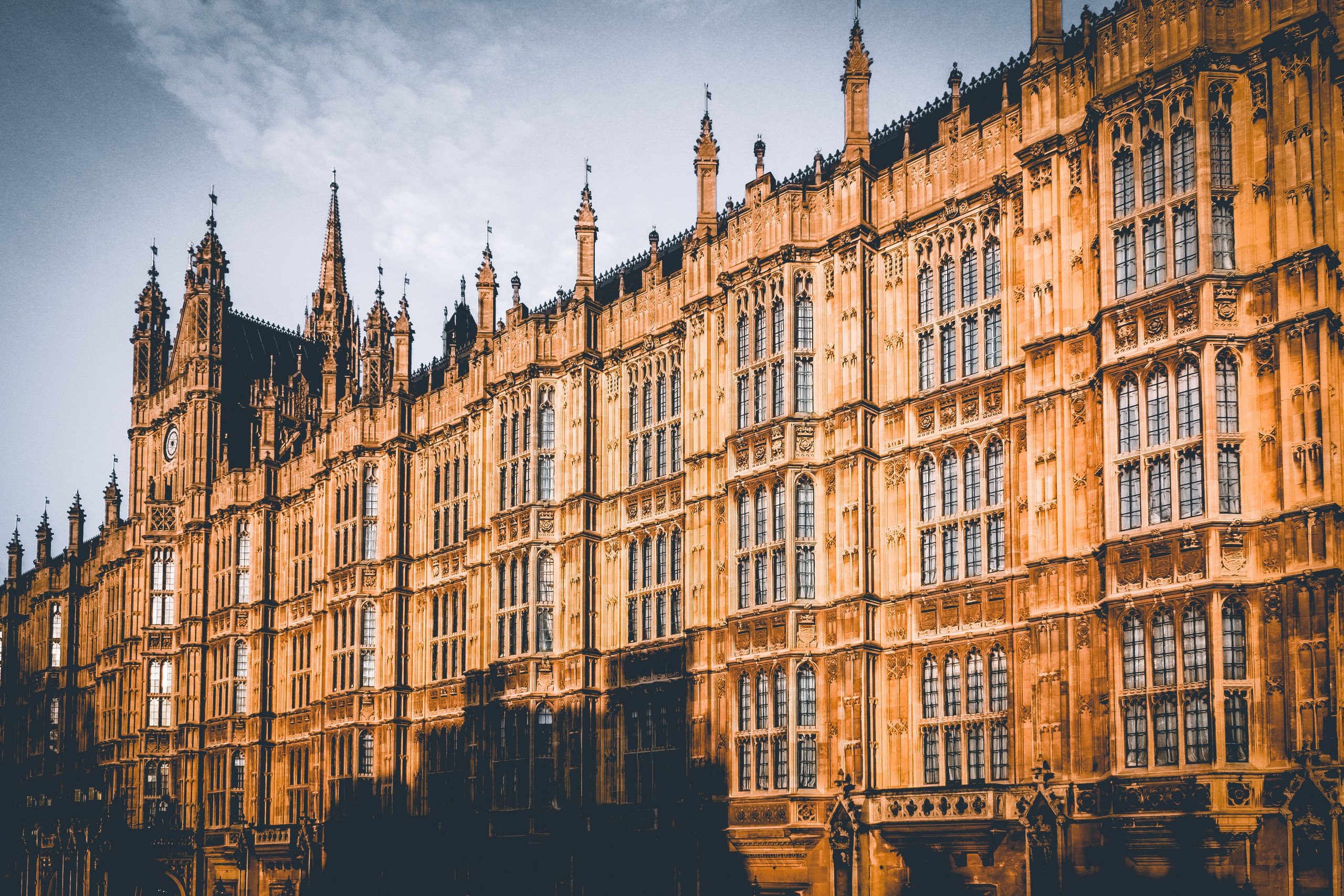In a surprise move on 12 February 2021, the Government announced that the Restriction of Public Sector Exit Payments Regulations 2020 will be revoked. The Regulations came into force on 4 November 2020 and introduced a cap of £95,000 on exit payments made by a long list of public sector bodies and offices listed in the Regulations. Please see our articles Does the cap fit? and Restricting payments in the public sector for more information on caps.
Problems with the cap
The introduction of the cap was subject to some criticism because employers were given little time to prepare for it; in addition, although HM Treasury had carried out a public consultation on the draft Regulations, there was concern about how the Regulations were worded and how they would work in practice. Trade unions were quick to point out that the cap would impact negatively on lower-paid longer-serving employees, who could see their termination payments reduced.
Revocation of the cap…
The Government announced that it had reviewed the application of the cap and had concluded that it may have had unintended consequences, although it did not say what they were. It published an HM Treasury Direction, which disapplies the cap until the Regulations are revoked. Guidance has also been produced, which states that a former employee who was affected by the cap should contact their ex-employer and ask for the additional sums that would have been paid but for the cap. Employers are encouraged to pay this sum to employees and the Treasury will apparently expect them to do so. Employers who found themselves tied up in red tape over exit payments will be relieved that the cap has gone; senior executives who were faced with a cut in their expected leavers’ payments will no doubt be happy, as will the unions.
… and introduction of new rules?
This may not be the end of restrictions on exit payments; the Government announced that the Treasury will be bringing forward proposals “at pace” to tackle what it describes as “unjustified payments”.
What do employers need to do now?
The cap was in place between 4 November 2020 and 12 February 2021 so any termination payments made to public sector employees with an exit date in that period should be reviewed to see if the cap was applied. If an ex-employee approaches the employer and asks for the additional sum in excess of the cap to be paid, the employer should check whether the sum is due and then pay it.
If employers took the Government’s advice and incorporated the cap in their contracts of employment and/or collective agreements, these documents may need to be renegotiated and employers should take legal advice as to what to do next.
Additional questions
The guidance is very short and gives rise to a number of additional questions that have not yet been answered, including:
- Is an employer under any duty to contact an ex-employee and pay the difference if the ex-employee does not contact them?
- What are the consequences if an employer fails to make a backdated payment?
- What is the timescale for making the additional payments?
- How should public bodies deal with this additional liability in their accounts, with financial year end fast approaching?
- When will the new Treasury proposals be published?
- What should employers do if they amended contracts of employment and/or collective agreements to include the cap?
- How does this impact on other exit payment reforms?
This provides summary information and comment on the subject areas covered. Where employment tribunal and appellate court cases are reported, the information does not set out all of the facts, the legal arguments presented and the judgments made in every aspect of the case. Employment law is subject to constant change either by statute or by interpretation by the courts. While every care has been taken in compiling this information, we cannot be held responsible for any errors or omissions. Specialist legal advice must be taken on any legal issues that may arise before embarking upon any formal course of action.









